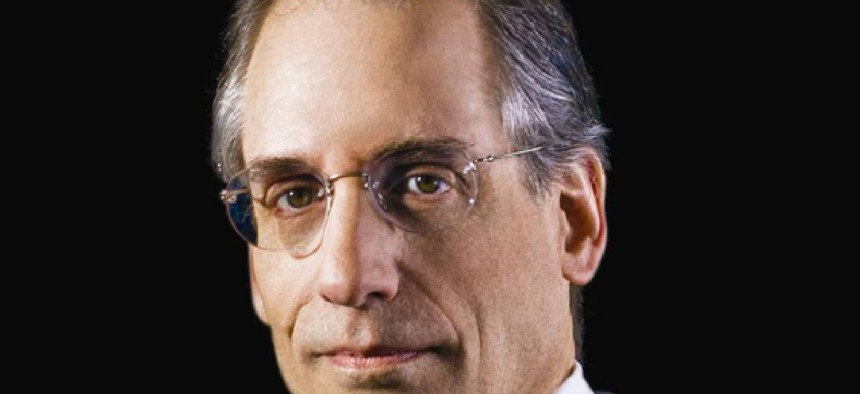The Robin Hood Foundation on a better way to track poverty

Pop quiz:
(1) Do New Yorkers who start the year poor also end the year poor?
(2) Do New Yorkers who begin the year unable to afford adequate food, rent, medicine or utilities (even if their incomes exceed the official poverty threshold) also end the year suffering from these “material hardships?”
(3) Do New Yorkers who enroll in job-training programs translate their training into actual jobs?
Powerful questions, all. But none of us have the answers. That’s because most of what we know about poverty in New York comes from static surveys: once-a-year snapshots of different individuals. Static surveys can’t answer questions – like those above – about dynamics: how individual households cope over time. Existing surveys of New Yorkers leave government and private philanthropy in the dark.
Robin Hood, in partnership with Columbia University’s Population Research Center, has undertaken a different type of survey, known as a longitudinal or fixed-panel survey. Dubbed the “Poverty Tracker,” we survey the same 2,300 households (chosen randomly and now augmented to 4,000 households) four times a year. We track whether families who start the year below the supplemental poverty line end the year there. We track whether the families who start the year suffering from a material hardship (like eviction, hunger or suspended utilities) end the year in the same predicament. We track how long it takes chronically unemployed individuals to find job-training programs, and then work.
Indeed, preliminary data have proved stunning.
Take the matter of fluidity. From static surveys, we learn that about 23 percent of New Yorkers live on income below the federal government’s supplemental poverty line ($14,637 for an individual in NYC) at any one moment. The Poverty Tracker confirms this figure. But we learn from the Poverty Tracker that poverty is surprisingly fluid in New York: only about 9 percent of households who start out poor remain so throughout the year. The story changes for material hardships. Over 20 percent of households that start the year suffering material hardship still suffer at year’s end. Said simply: we’ve learned that poverty is fluid; material hardships are far less so.

Here’s another important finding of the Poverty Tracker. Count up the number of New Yorkers who over the course of a year suffer: (a) poverty, by the government’s official count; (b) material hardships (as described above); or (c) disabling medical problems. The total comes to two-thirds of city residents. That bears repeating. A dismaying two-thirds of New Yorkers suffer profound deprivation – a level of deprivation that cries out for public and private attention. Nearly 50 percent of New Yorkers experience severe hardship during the Poverty Tracker’s two-year check-in period.
The Poverty Tracker is far more than an academic exercise. It will steer Robin Hood – which makes grants of about $150 million a year to fight poverty in the city – and other funders in different directions. If the Poverty Tracker consistently finds that unemployed adults don’t know where to look for job training, funders should fashion one type of correction. But if we find instead that the unemployed find training but don’t find jobs, then funders need look for very different corrections.
Preliminary data suggest that poor families place enormous weight on reducing stress – reducing the fear that they will run out of money by month’s end for food, rent, utilities and medicine. Indeed, the data suggest that reducing these risks matters more to families than simple cash infusions. That’s a finding pregnant with implication. In some cases, dealing with a material hardship, like unaffordable food, can be addressed at a fraction of the cost of interventions, like job training, that attack low income.
Here’s another possible application. We’ll ask in future surveys to what extent parents fear for the physical safety of children after the school day ends. The answers might well compel Robin Hood and other funders to revise upward the importance they place on funding after-school programs.
A final thought: City government and private funders provide a wide array of support services to needy New York families. A preliminary reading of the data suggests that existing support services do a better job keeping near-poor families out of poverty than they do lifting poor families out of poverty. (About the same percentage of poor families who tap support services exit poverty as those who don’t tap services - see infographic above.) The evidence is not experimental – there were no control groups – and, therefore, admits of no clear cause-and-effect conclusions. But we have interesting informational tidbits worthy of future investigation. And that’s exactly what the Poverty Tracker is designed to do.
Michael M. Weinstein is Chief Program Officer at the Robin Hood Foundation.